Yangjiagou is the name of a village in Mizhi County, located between the ravines and Liangmao. Since the Ming Dynasty, the Ma family has settled here for 400 years. In the middle of the Qing Dynasty, a large-scale landlord group manor in northern Shaanxi gradually formed. It has been preserved so far and has been included in the National Historical and Cultural Village. However, what really made Yangjiagou famous all over the world was that in 1947, Chairman Mao led the Central Committee of the Communist Party of China to move to northern Shaanxi. Important position.
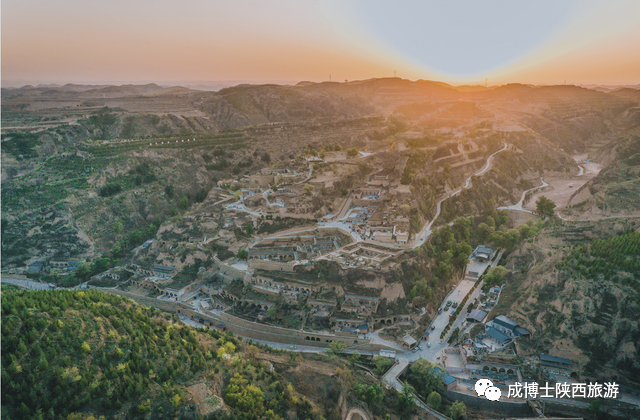
01 How was the largest landlord manor in northern Shaanxi formed?
The core cave dwelling in Yangjiagou is located on the hillside of the valley, called Fufeng Village. The reason why it is called Fufeng Village is because the Ma family living here is from Fufeng County in Guanzhong. The Ma family relocated to Yangjiagou in the Ming Dynasty, where they spread branches and leaves, and the family became more and more powerful and became a famous family.
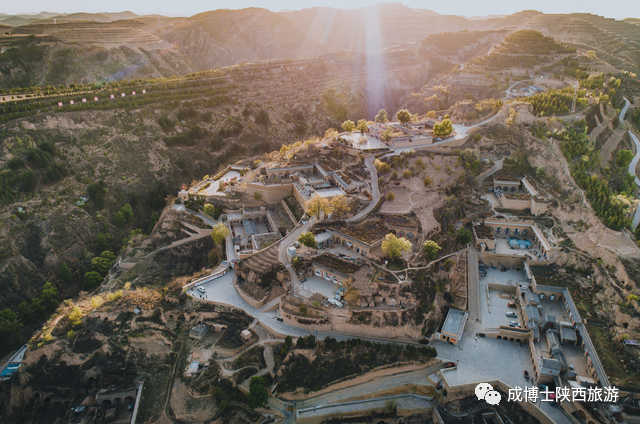
During the reign of Tongzhi in the Qing Dynasty, because the world was not in balance, in order to avoid the war, the ninth generation of the Ma family, Zuma Guoshi, launched the family to raise funds to build a village. The site selection of the stockade pays attention to feng shui and geographical advantages. It is built on a lonely mountain with a dragon head and a phoenix tail, also known as Longfeng Mountain. In the end, a building complex with village walls, watchtowers, forts, wells, drainage systems, roads, squares, and theaters was formed.
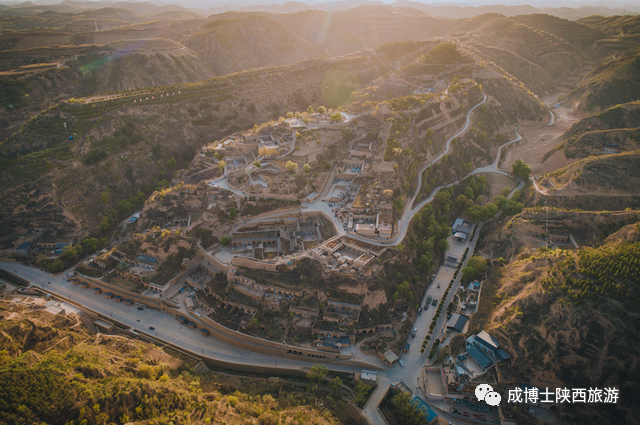
In the middle and late Qing Dynasty, the Ma family basically monopolized the land around Yangjiagou and became a famous landlord group in northern Shaanxi. For example, Ma Jiale of Guangyutang left more than 5,000 ridges (one ridge is about 3 acres, a total of 15,000 acres) to his descendants. It can be said that at that time, Yangjiagou’s tens of square kilometers of land was in the hands of the Ma family.
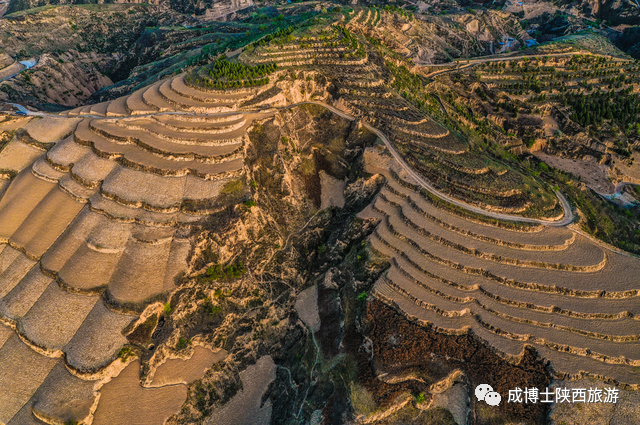
Chairman Mao once said, “Without investigation, there is no right to speak.” In 1941, the central government made the “Decision on Investigation and Research”, which set off a wave of research and research. As a typical village with serious land conflicts, Yangjiagou attracted Zhang Wentian’s attention. Zhang Wentian led the investigation team into Yangjiagou. At that time, Ma Weixin, an enlightened landlord in Yangjiagou, took the initiative to hand over his centuries-old account books to the investigation team. Relying on these first-hand materials, the investigation team wrote “Mizhi Yangjiagou Investigation”, which revealed the characteristics of China’s feudal landlord economy and was highly recognized by all walks of life.
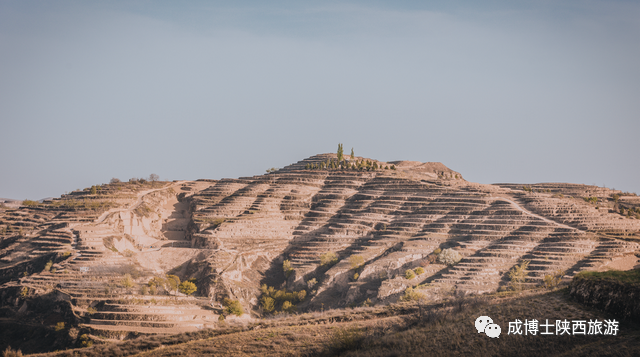
According to the report, there were 270 households in Yangjiagou at that time, of which 72 were owned by Ma’s landlords, accounting for one-third, but three of them owned land above Qianlong, and the remaining 200 households , only 47 households have their own land, the total is 457.5 圧, which shows the seriousness of the land concentration at that time.
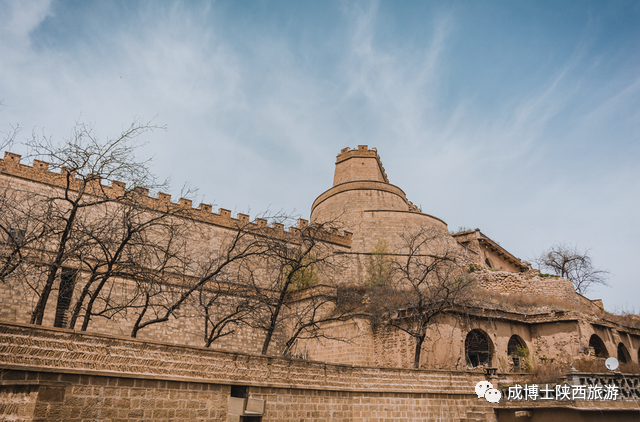
With the formation of the landlord group, the Ma family’s cave dwellings, architectural scale and quality are second to none in northern Shaanxi, becoming a well-known landlord manor.
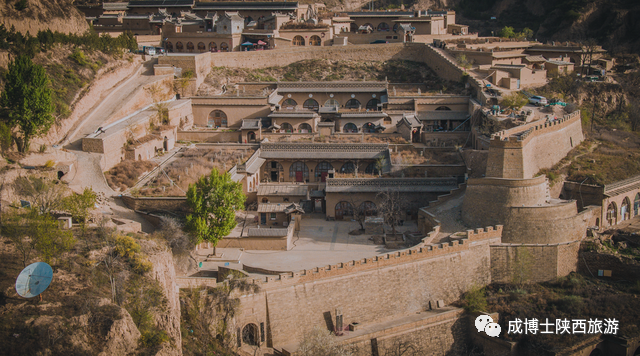
One of them is a landlord named Ma Xingmin, who studied in Japan in his early years and then returned to Yangjiagou. He skillfully combined Western architectural style with cave culture. In 1929, he started the construction of a new cave dwelling combining Chinese and Western styles. Done. The new kiln house is built on 9 natural earth beams shaped like flying dragons, with a total of 11 cave dwellings. The building has originality in terms of lighting, heating, heat preservation, cooling, safety precautions, and aesthetic modeling. It is exquisitely conceived and exquisite in craftsmanship It can be called a model of the combination of Chinese and Western architectural styles. This cave became the residence of Chairman Mao and Vice Chairman Zhou during the 1947-1948 period when the Central Committee of the Communist Party of China moved to northern Shaanxi, and it became famous all over the world.

Today, Yangjiagou Fufeng Village is the largest and highest-level cave manor in the country. It is the culmination of the form of cave courtyards in northern Shaanxi. It represents the highest-level cave courtyards in northern Shaanxi all over the manor. Among them, there are 36 courtyards with hall numbers. . The new courtyard where Chairman Mao lived represents a new image of the fusion of northern Shaanxi cave dwellings and Western architecture. Therefore, Yangjiagou Village has been selected as a national-level historical and cultural village, and is one of only three national-level historical and cultural villages in Shaanxi.
02
The Central Committee of the Communist Party of China moved to live in Yangjiagou in northern Shaanxi for 120 days. The Yangjiagou landlord group was more active and enlightened during the War of Resistance Against Japanese Aggression and the War of Liberation. They donated money and materials to support the war. The descendants of the Ma family have produced many Communists, such as Ma Yuzhang. He joined the Chinese Communist Party in 1928 and worked underground. After the Xi’an Incident, the Kuomintang and the Communist Party cooperated to resist Japan. Ma Yuzhang became the county magistrate of the Kuomintang Fu Shi (now Yan’an), and Chairman Mao praised him as an anti-Japanese magistrate who was “white skin wrapped in red flesh”. Later, he served as the secretary general of the Eighth Route Army’s Rear Left-behind Corps Command, the director of the Secretariat of the Border Region Government, and the mayor of Yan’an City.
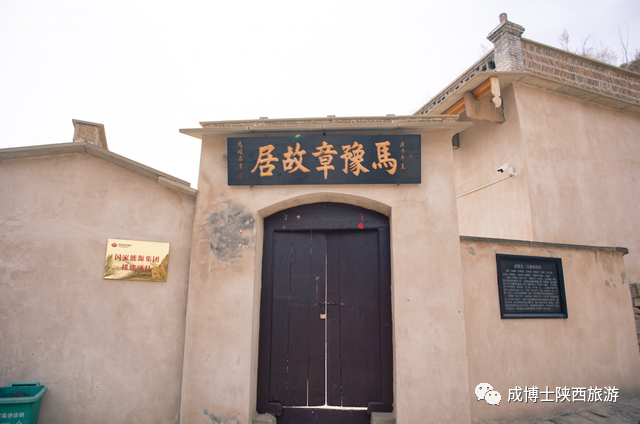
In 1947, the Kuomintang Hu Zong attacked Yan’an in the south. Out of strategic considerations, Chairman Mao led the central organs of the party to evacuate Yan’an, and began a one-year and five-day journey to northern Shaanxi. According to statistics, during the war in northern Shaanxi, Chairman Mao and the Party Central Committee visited 12 counties and stayed in 38 villages. The shortest time was only a few hours, and most of them were only a day or two . In Yangjiagou, they lived in 38 villages. As long as 4 months, it was the longest residence during the period of moving to northern Shaanxi.
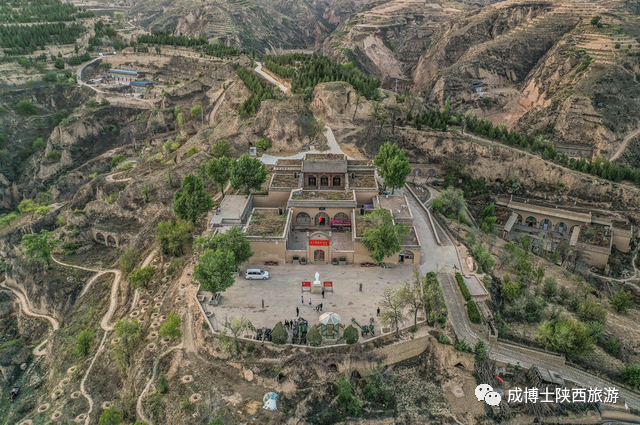
On November 22, 1947, Chairman Mao led the Central Committee of the Communist Party of China to enter Yangjiagou, and the enlightened landlords took the initiative to vacate the new kiln courtyard with the highest architectural level in Yangjiagou to live in Chairman Mao and others. Yangjiagou also had the opportunity to witness it. A major turning point in the Chinese revolution. In 1947, the “December Conference” was held here, and it was determined that the Chinese revolution would shift from strategic defense to strategic counter-offensive. Comrade Mao Zedong’s report “Current Situation and Our Tasks” made full theoretical preparations for the final victory of the whole country. , put forward a series of program documents, including ten military principles, three major economic programs, the general line of national land reform, etc. From here, the call for “the dawn is ahead”, which affects the trend of history, spread to the whole country.
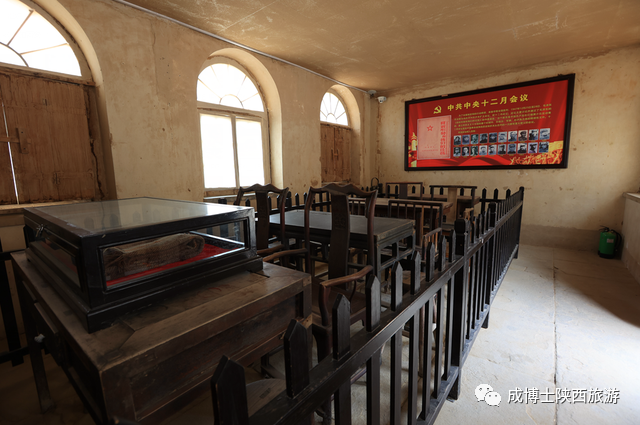
Yangjiagou is the symbol of the glorious victory in northern Shaanxi, and the starting point for leaving northern Shaanxi for national victory. It occupies an important position in the history of the Communist Party of China and the history of the Chinese revolution.
03
Today Yangjiagou: A comprehensive tourism destination is being formed. Yangjiagou currently has a national key cultural relics protection unit, a famous Chinese historical and cultural village, a national patriotism education demonstration base, a national defense education demonstration base, and a national education that cares about the next generation of party history and national history. The base has five national-level signs. From 1972 to 1978, Yangjiagou built the Revolutionary Memorial Hall and opened it to the public. Mainly you can visit: the former site of the December meeting of the Central Committee of the Communist Party of China; the former residence of Chairman Mao and Zhou Enlai; the Memorial Hall of Chairman Mao’s Battle in Northern Shaanxi;
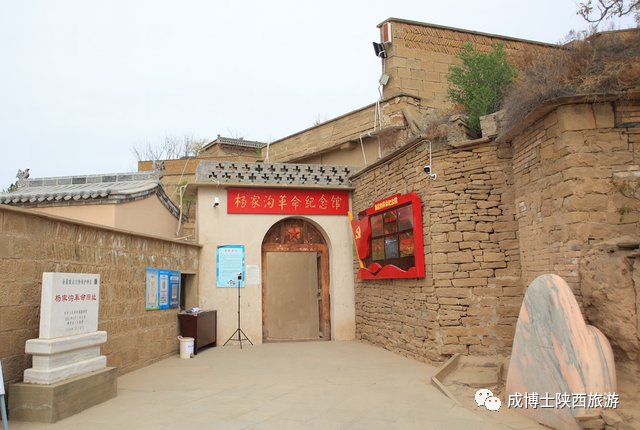
In recent years, Yangjiagou has carried out a series of upgrading and transformation with the goal of creating a national 4A scenic spot. In the past few years, Mizhi County has invested hundreds of millions of yuan to build a number of tourism projects and improve tourism facilities. From a memorial hall in the past, it has gradually evolved into a comprehensive tourist destination. Today’s Yangjiagou, the forest coverage and greening conditions have greatly improved compared to the past. If you visit from May to October, you can see a lush, green Yangjiagou.
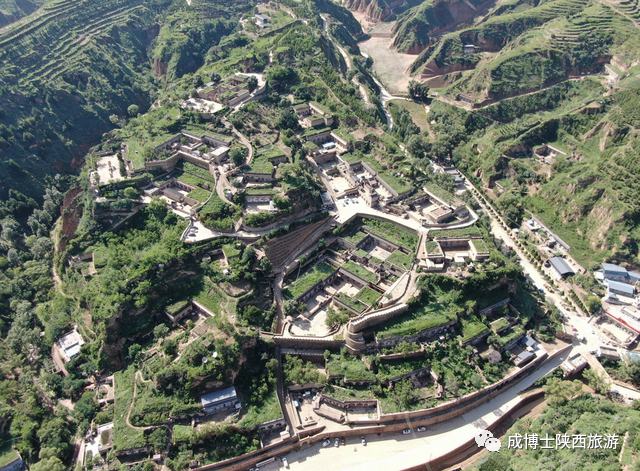
There are two main locations for viewing the panorama of Yangjiagou cave villages. One is Yangli Mountain opposite Yangjiagou, where you can overlook the panoramic view of Fufeng Village.
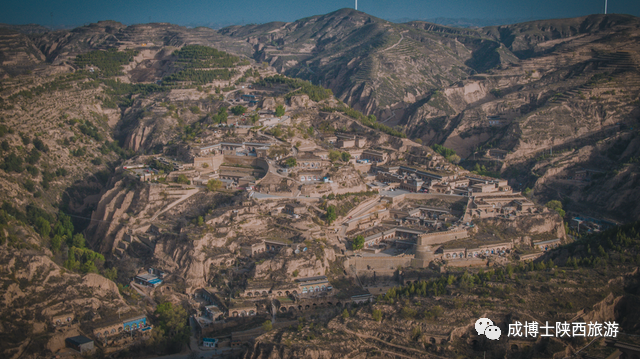
The other one has to pass through Houshan Panshan Road to reach a farmland with higher terrain. This is the best view overlooking the Xinyaoyuan where Chairman Mao lived.
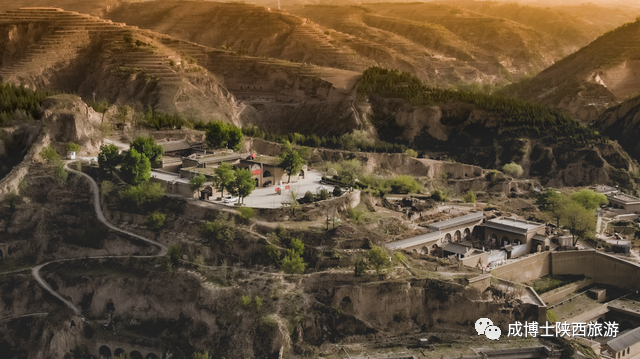
In Yangjiagou, agriculture began to be landscaped. Several new landscape agriculture sites have been built, including terraced cherry orchards, daylily picking orchards, and Gesang flower sea.
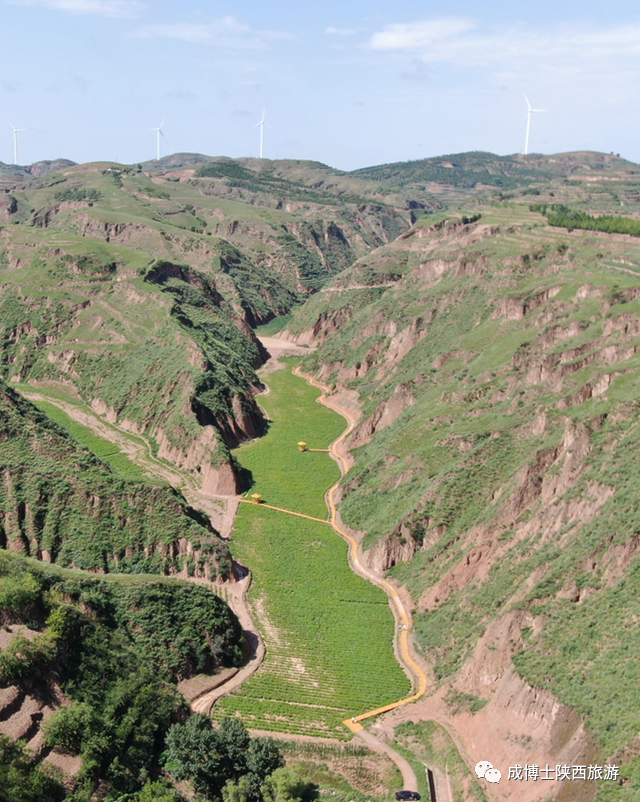
In Fufeng Village, several descendants of the Ma family have set up homestays, providing cave accommodation and specialty snack services. There are local enterprises stationed, providing Mizhi cultural and creative products such as millet stickers.
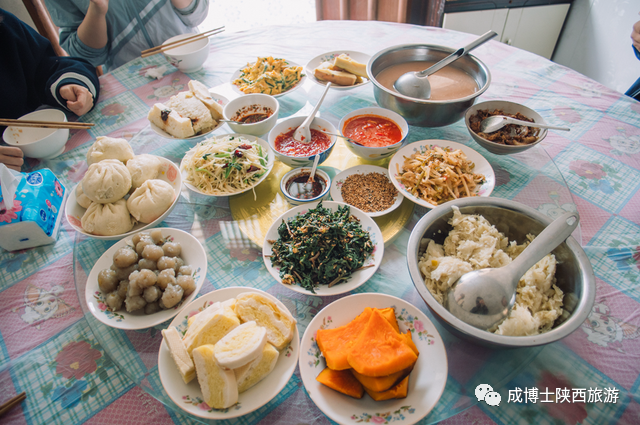
Many cave dwellings have been protected and restored, and more and more cave dwellings and old sites of the Red Revolution are being restored, which can be included in the scope of open visits in the future. Of course, the charm of Yangjiagou doesn’t stop there. It also has many untapped potential tourist attractions. We lived in Yangjiagou for a few days and filmed a lot of interesting content. For example, a cluster of wind turbines on the Loess Plateau. Sitting on the top of the mountain ridge, it is very spectacular.
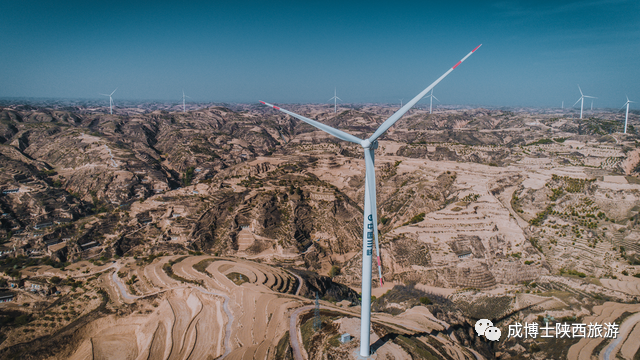
It is also a very good feeling to shoot a star at night. There is no air pollution and the air quality is very high.
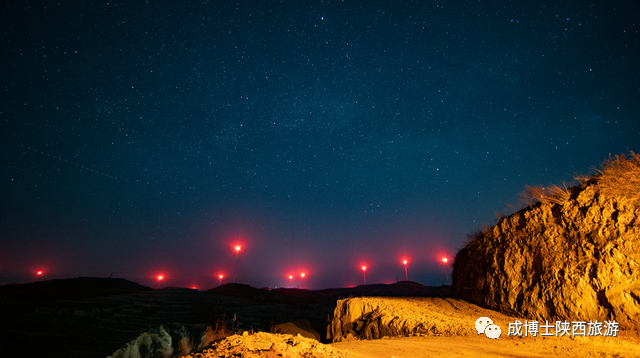
There are still many amazing people in Yangjiagou, it depends on whether you can meet them. Here we met Du Yuming’s family niece (or family grandniece, I didn’t understand very well), and the old man took us home and visited her personal collection, which was very shocking. Mrs. Du’s father was a revolutionary martyr who died in the war of liberation. I will do a separate issue of pictures and texts for her collection, you can look forward to it.
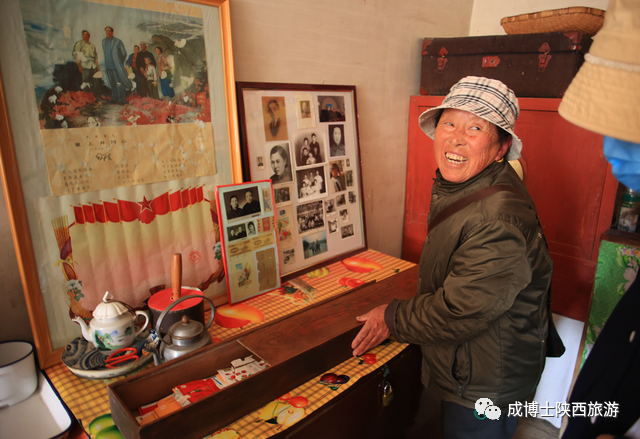
Yangjiagou is also a creative base for shooting rural customs in northern Shaanxi. The people here have strong characteristics of northern Shaanxi, and lovers of humanistic photography will definitely be able to shoot a lot of good films.
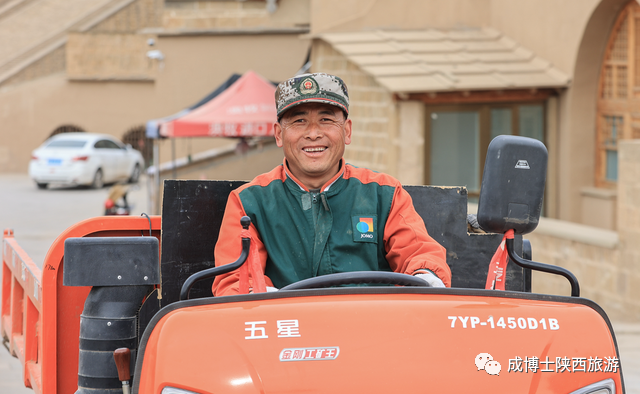
Here are a few random shots I took.
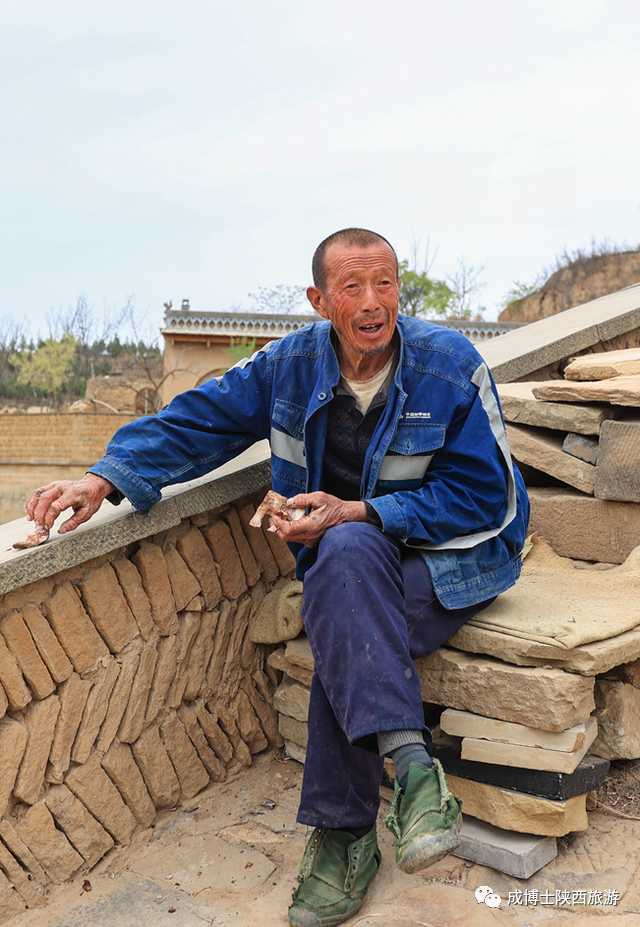
The old lady in the commissary.
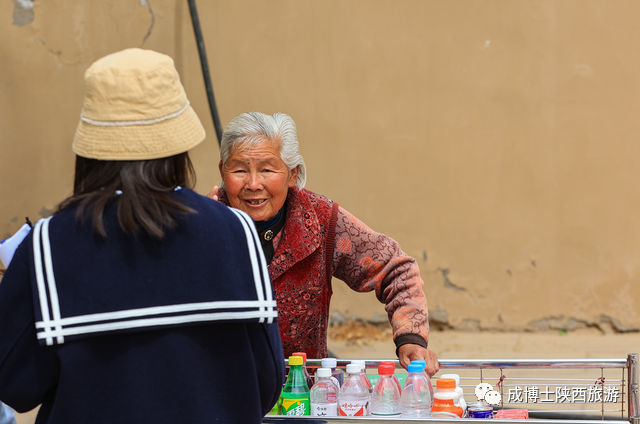
The uncles and aunts who enjoy the cool air in Sigou.
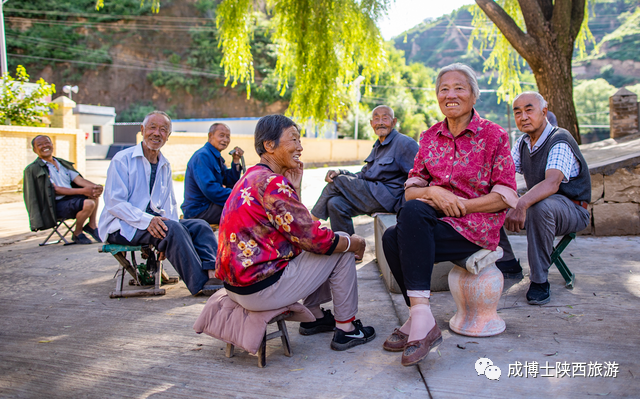
Yangjiagou, there are many little-known charms waiting for you to discover. The people here, the scenery here, and the plants and trees here all have their own unique appeal. I am sure, you will love this place!
Source: Zhihu www.zhihu.com
Author: Dr. Cheng Travel Channel
[Zhihu Daily] The choice of tens of millions of users, to be a big cow of new things in the circle of friends.
click to download
Further reading:
Which historical and cultural cities are worth visiting in Xinjiang?
What historic attractions are recommended in Shaanxi?
This article is reproduced from: http://www.zhihu.com/question/534757699/answer/2603624766?utm_campaign=rss&utm_medium=rss&utm_source=rss&utm_content=title
This site is for inclusion only, and the copyright belongs to the original author.